What Is A Digital Camera Made Of ?
A digital camera is typically made of several components, including a lens, an image sensor, a processor, a memory card slot, a display screen, and various buttons and controls. The lens is responsible for capturing light and focusing it onto the image sensor. The image sensor converts the light into digital signals, which are then processed by the camera's processor. The processor handles tasks such as image compression, white balance adjustment, and autofocus. The camera also has a memory card slot where the digital images are stored. A display screen is usually present on the back of the camera, allowing users to preview and review their photos. Additionally, there are various buttons and controls on the camera body that enable users to adjust settings, zoom in or out, and capture images.
1、 Lens system
A digital camera is made up of several components that work together to capture and process images. One of the most important components is the lens system. The lens system consists of multiple lenses that focus light onto the image sensor, allowing the camera to capture sharp and clear images.
The lens system in a digital camera is typically made of high-quality glass or plastic elements. These elements are carefully designed and arranged to control the way light enters the camera and reaches the image sensor. The lens system includes different types of lenses, such as wide-angle, telephoto, and zoom lenses, which provide various focal lengths and allow photographers to capture different types of shots.
In recent years, there have been advancements in lens technology that have improved the performance of digital cameras. For example, manufacturers have developed lenses with advanced coatings to reduce lens flare and ghosting, resulting in better image quality. Additionally, some cameras now feature image stabilization technology within the lens system, which helps reduce camera shake and produce sharper images, especially in low-light conditions or when using longer focal lengths.
Furthermore, with the rise of mirrorless cameras, lens systems have become more compact and lightweight. Mirrorless cameras use interchangeable lenses, allowing photographers to choose from a wide range of lenses to suit their specific needs. These lenses are often designed with advanced autofocus systems and optical technologies to enhance image quality and overall performance.
In conclusion, the lens system is a crucial component of a digital camera, responsible for capturing light and forming images. With advancements in lens technology, photographers can now enjoy improved image quality, better stabilization, and a wider range of lens options to enhance their photography experience.
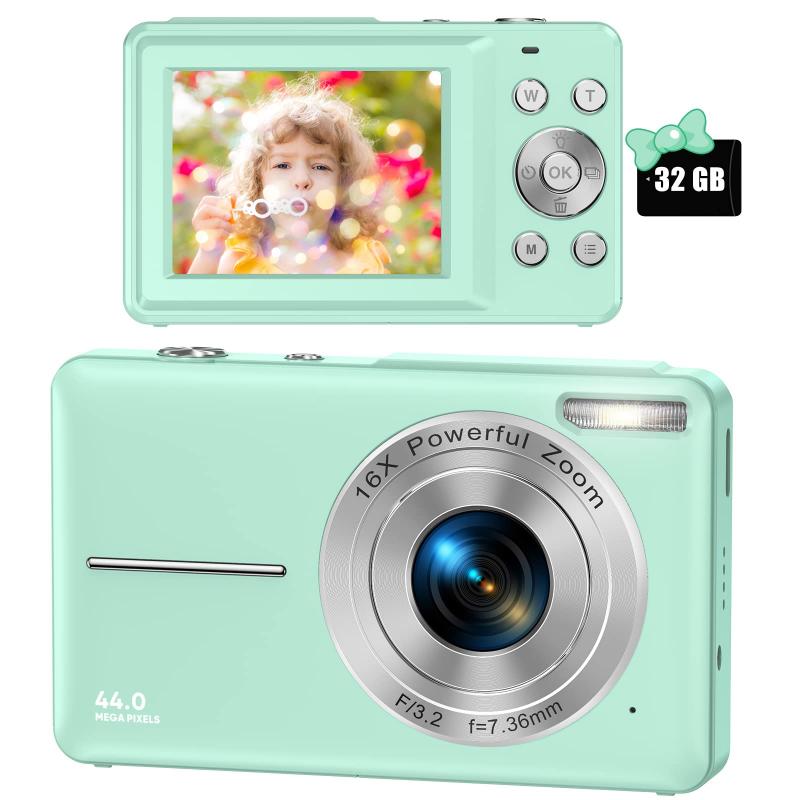
2、 Image sensor
A digital camera is made up of several components that work together to capture and process images. One of the most crucial components is the image sensor. The image sensor is responsible for converting light into electrical signals, which are then processed to create a digital image.
Image sensors in digital cameras are typically either CCD (charge-coupled device) or CMOS (complementary metal-oxide-semiconductor) sensors. Both types have their advantages and are widely used in various camera models. CCD sensors have traditionally been known for their superior image quality and low noise levels, making them popular in professional-grade cameras. On the other hand, CMOS sensors have gained popularity due to their lower power consumption, faster readout speeds, and the ability to integrate additional functionalities on the same chip.
The latest advancements in image sensor technology have focused on improving low-light performance, increasing resolution, and enhancing dynamic range. Backside-illuminated (BSI) sensors, for example, have been developed to improve light sensitivity by placing the sensor's circuitry behind the photodiodes, allowing more light to reach them. This technology has significantly improved image quality in low-light conditions.
Additionally, manufacturers have been increasing the resolution of image sensors to provide higher megapixel counts. This allows for more detailed images and the ability to crop or enlarge photos without significant loss of quality. However, it's important to note that megapixels alone do not determine image quality, as factors like sensor size, pixel size, and image processing algorithms also play a crucial role.
In conclusion, the image sensor is a vital component of a digital camera, responsible for capturing light and converting it into electrical signals. Ongoing advancements in image sensor technology continue to push the boundaries of image quality, low-light performance, and resolution, providing photographers with increasingly powerful tools to capture stunning images.

3、 Digital signal processor
A digital camera is made up of several components that work together to capture, process, and store digital images. One of the key components is the digital signal processor (DSP). The DSP is responsible for converting the analog signals captured by the camera's image sensor into digital data that can be processed and stored.
The DSP plays a crucial role in enhancing the image quality by performing various tasks such as noise reduction, color correction, image stabilization, and compression. It processes the raw image data to produce a final image that is ready to be saved or displayed. With advancements in technology, modern digital cameras are equipped with powerful DSPs that can handle complex algorithms and deliver high-quality images even in challenging lighting conditions.
In addition to the DSP, a digital camera is also composed of other essential components. The image sensor captures the light and converts it into electrical signals. The lens focuses the light onto the sensor, allowing for precise image formation. The camera's body houses all the internal components and provides the user interface for controlling the camera settings and capturing images.
Furthermore, a digital camera includes a memory card slot for storing the captured images, a display screen for previewing and reviewing the images, and various buttons and controls for adjusting settings and navigating through the camera's menu system.
It is worth mentioning that the latest advancements in digital camera technology have seen the integration of artificial intelligence (AI) algorithms into the DSP. This enables features like facial recognition, scene detection, and automatic image enhancement, further enhancing the overall photography experience.
In conclusion, a digital camera is made up of various components, with the digital signal processor being a crucial element. The DSP converts analog signals into digital data, processes the image, and enhances its quality. With the continuous advancements in technology, digital cameras are becoming more powerful and incorporating AI algorithms to provide users with advanced features and improved image quality.

4、 LCD display
A digital camera is made up of several components that work together to capture and store images digitally. One of the key components is the LCD display, which stands for Liquid Crystal Display. The LCD display is an essential part of a digital camera as it allows users to preview and review the images they have captured.
The LCD display is typically made up of a thin layer of liquid crystals sandwiched between two glass plates. These liquid crystals can be manipulated by applying an electric current, which allows them to control the amount of light passing through them. This manipulation of light creates the images that we see on the screen.
LCD displays have evolved significantly over the years, with advancements in technology leading to improvements in image quality, resolution, and color reproduction. The latest LCD displays used in digital cameras often feature high resolutions, vibrant colors, and wide viewing angles, providing users with a more accurate representation of the captured images.
In addition to the LCD display, a digital camera is also composed of other essential components such as the image sensor, lens, processor, memory card, and various buttons and controls. These components work together to capture light, convert it into digital signals, process the signals, and store the resulting image data.
Overall, the LCD display is a crucial component of a digital camera, allowing users to preview and review their images conveniently. With advancements in LCD technology, digital cameras now offer users a more immersive and accurate viewing experience, enhancing the overall photography experience.







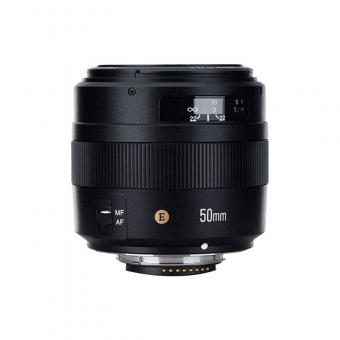


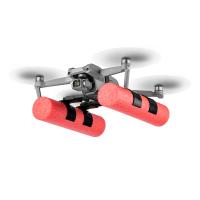


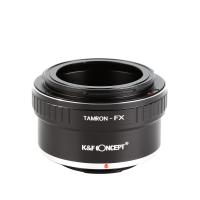

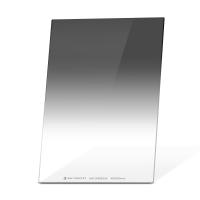






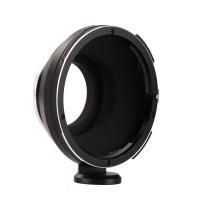
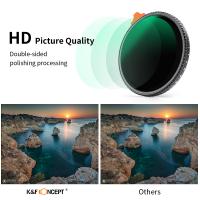
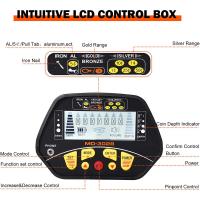


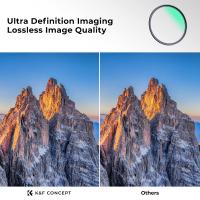
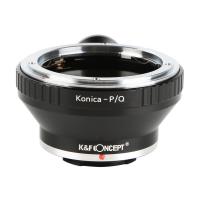
There are no comments for this blog.